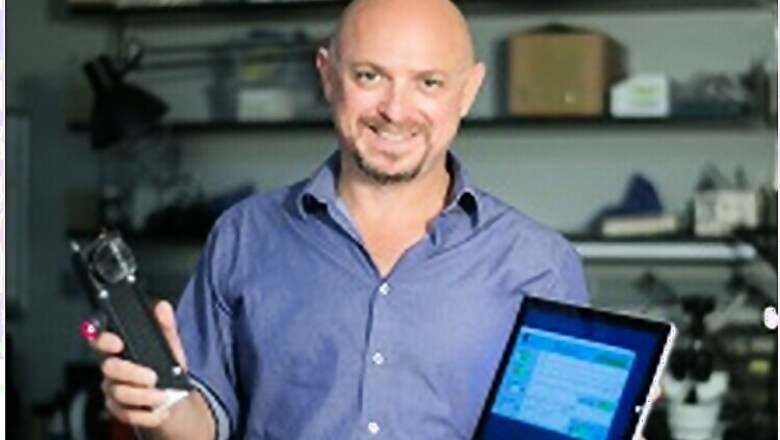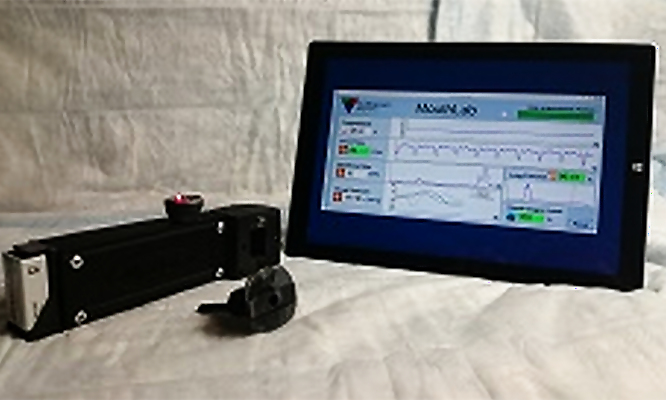
views
Washington: Engineers at Johns Hopkins University have developed a hand-held, battery-powered device that can quickly read vital signs using a patient's lips and fingertips.
Called MouthLab, the “smart” 3D-printed device uses mouthpiece and thumb pad sensors to quickly test a patient's blood pressure, breathing, blood oxygen, heart rate and heartbeat pattern.
The device can also take a basic electrocardiogram (ECG).
"We see it as a 'check-engine' light for humans. It can be used by people without special training at home or in the field,” said the device's lead engineer Gene Fridman, assistant professor of biomedical engineering.
The device may be able to detect early signs of medical emergencies such as heart attacks or avoid unnecessary ambulance trips and emergency room visits when a patient's vital signs are good.

Because it monitors vital signs by mouth, future versions of the device will be able to detect chemical cues in blood, saliva and breath that act as markers for serious health conditions.
“We envision the detection of a wide range of disorders, from blood glucose levels for diabetics, to kidney failure, to oral, lung and breast cancers,” Fridman emphasised.
The device can replace the bulky, restrictive monitors now used to display patients' vital signs in hospitals.
“It can gather more data than is typically collected during a medical assessment in an ambulance, emergency room, doctor's office or patient's home,” ther authors noted.
The MouthLab prototype consists of a small, flexible mouthpiece like those that scuba divers use, connected to a hand-held unit about the size of a telephone receiver.
The mouthpiece holds a temperature sensor and a blood volume sensor.
The thumb pad on the hand-held unit has a miniaturized pulse oximeter -- a smaller version of the finger-gripping device used in hospitals, which uses beams of light to measure blood oxygen levels.
Other sensors measure breathing from the nose and mouth.
The hand unit relays data by WiFi to a nearby laptop or smart device, where graphs display real-time results.
“The next generation of the device will display its own data readouts with no need for a laptop,” Fridman informed.
Ultimately, patients will be able to send results to their doctors via cellphone, and an app will let physicians add them to patients' electronic medical records.
“The goal is to obtain all vital signs in under 10 seconds,” the authors noted in a paper published in the journal Annals of Biomedical Engineering.











Comments
0 comment